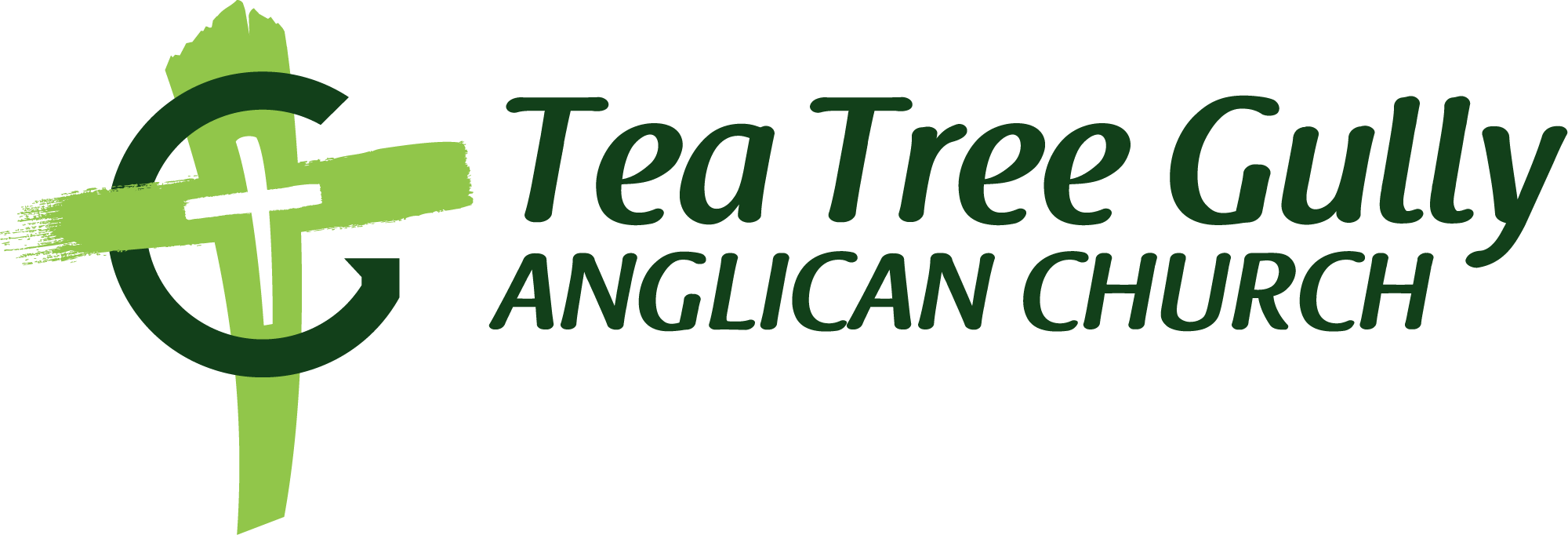What is the image of God? Part 2 (for part 1 see website)
- Image as Occupation
In the ancient world there were images and idols of gods everywhere. Idols were designed to express the attributes of the god there represented and the gods were supposedly present through them. To see the idol was to see what the god was like; to serve the image was a way of serving the god himself.
In contrast, idolatry is the most fundamental sin in the Bible. It’s hard to overstate how evil idolatry is in God’s sight. Get this wrong and it doesn’t matter what else you get right. The Ten Commandments start with forbidding idols and images of God (Exodus 20:4-6). Idolatry is the sin that sealed the downfall of many an Israelite king and every Israelite kingdom. Idols are ridiculous and offensive to God. How could they be capable of representing God? They are lifeless, unresponsive, and completely absent of all of God’s attributes. They divert worship from the true God to give it to a feeble block of wood or stone instead. To commit idolatry is to cut yourself off from relationship to the true and living God.
Making images of God is also wrong because God has already created an image to represent himself in the world: us. We could say that human beings are the one authorised idol of God. This is the purpose of the unique capabilities that God has equipped us with. We have an occupation and mission that we are called to fulfil in the world. By making us in his image God says to us “don’t make idols to represent me in the world; that’s your job!”
Human beings are called express God’s rule and management of the world (Genesis 1:28). We are made to shine forth his character and purpose. As the biblical story progresses God tells us more of his commands and plans and shows us more of his character to imitate. As we listen to his voice in the Bible we learn more and more how to live out our occupation as his image-bearers.
- Image as Destiny
The greatest step that God took in telling us about himself was sending his Son to become one of us. In Jesus we not only meet God, but we meet ourselves in God’s image: ‘The Son is the image of the invisible God, the firstborn over all creation.’ (Colossians 1:15).
Jesus possesses all the attributes of God (Colossians 2:9). He is uniquely capable of representing him in the world. He lived out God’s character in full sight, the ultimate image of God for all with eyes to see. Jesus lived out the occupation that comes with being in God’s image. He came to do the will of God (Hebrews 10:7). By his death and resurrection he regained the rule over creation that we had squandered (Hebrews 2:5-9).
When we see Jesus we simultaneously see what God is like and what we are supposed to look like as his image-bearers. Not only that, but because of the grace of the gospel, we also see that this is our destiny in Christ as his image-bearers. All those in Christ are destined to be part of Jesus’ new creation and to share in the likeness of Jesus (1 John 3:2). We were created to be adopted siblings of Christ, coheirs of his inheritance, members of the family of God.
The Image of God as the Image of Jesus
Meeting Jesus forces us to re-evaluate what it means to be made in God’s image. Being in God’s image is ultimately about being in the image of Jesus. We never embrace what we were created to be until we become his disciples. To be in God’s image is to be created with the capability to look like Jesus, to have the occupation of serving and representing him in the world, and to be destined to resurrection in his likeness.
Matthew Payne is a PhD student at Sydney University investigating the ministry and theology of William Perkins (1558-1602). He has previously been employed in full-time ministry, and is passionate to see ordinary believers built up in their love and understanding of the Christian faith. Matthew, his wife Mandy, and their three boys attend St Barnabas Anglican Church Ingleburn, where Matthew and Mandy both serve in various capacities.
